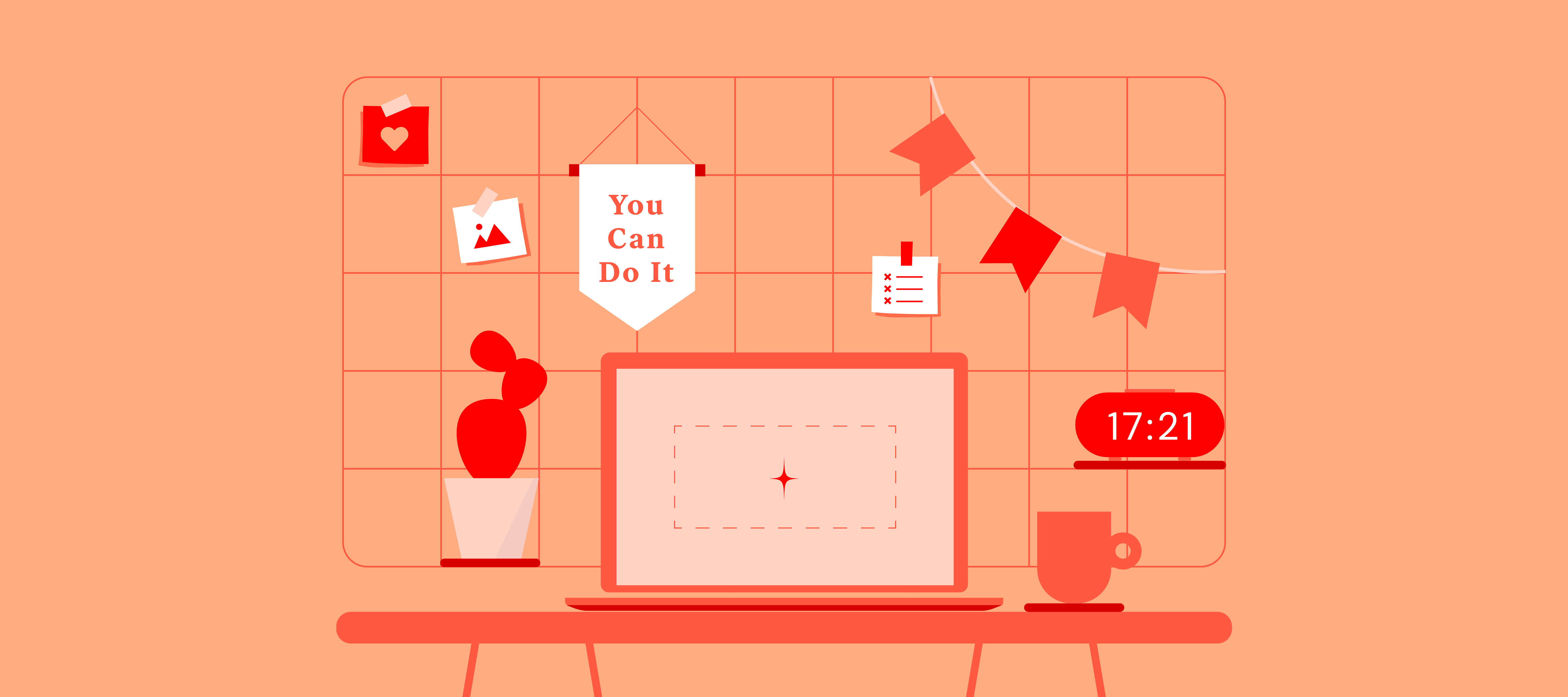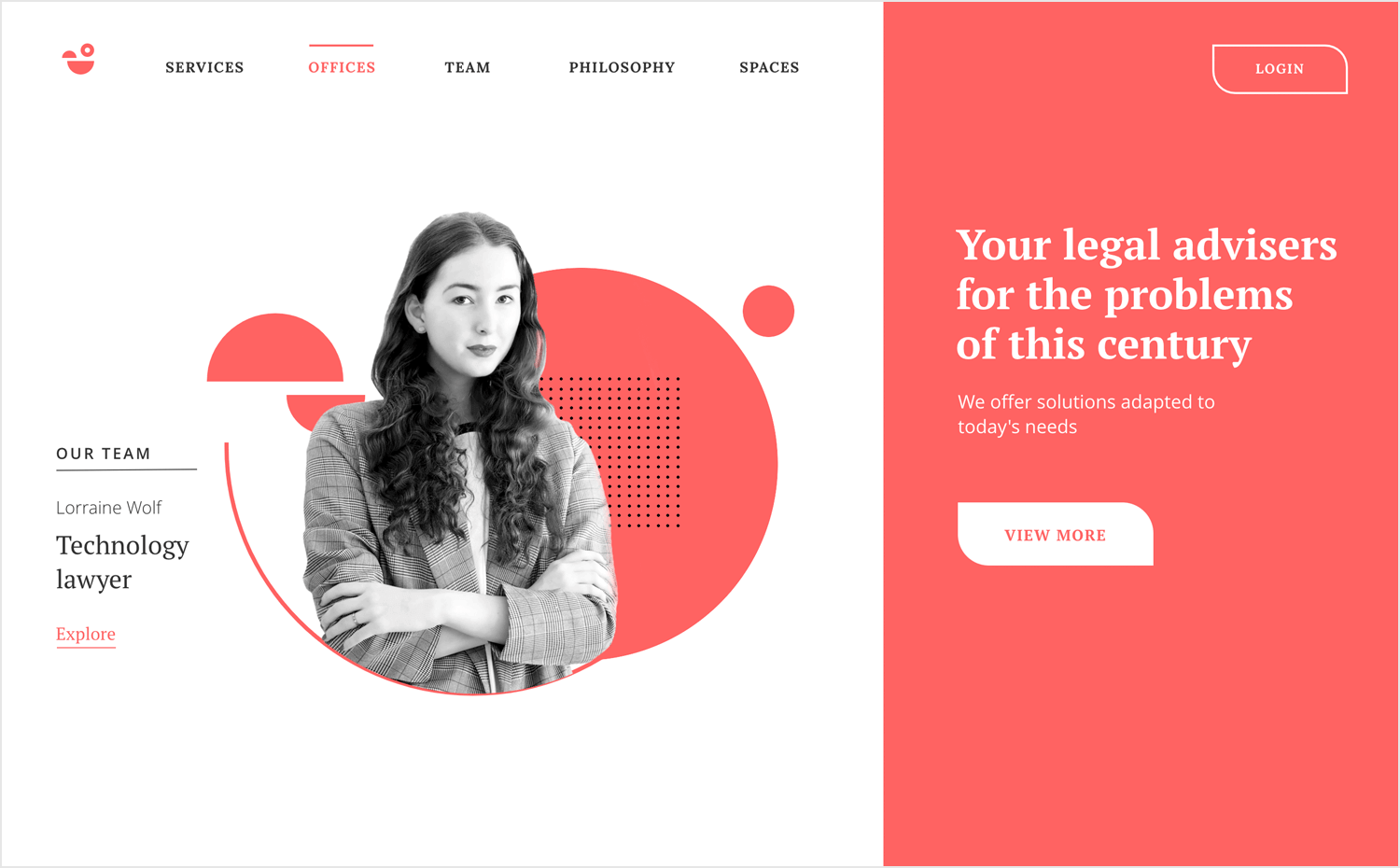Comprehensive Website Design Solutions from Planning to Completion
Comprehensive Website Design Solutions from Planning to Completion
Blog Article
Top Tips for Creating an Impactful Site Style That Converts
In today's digital landscape, the significance of an impactful internet site layout can not be overstated, specifically when it pertains to transforming visitors into consumers. To attain this, one have to take into consideration a range of variables, consisting of understanding the target audience, prioritizing user experience, and enhancing for mobile platforms. The critical use of engaging call-to-actions and a well-defined aesthetic hierarchy plays an essential function in guiding individuals with their journey. As we check out these important elements, it ends up being noticeable that the success of your internet site hinges on more than just appearance; it calls for a thoughtful technique to layout and performance.

Understand Your Target Market
Comprehending your target audience is fundamental to reliable site design, as it prepares for producing an appealing user experience. Identifying that your customers are, including their demographics, preferences, and actions, allows designers to customize the website's content, design, and performance to fulfill specific demands.
Conducting extensive marketing research is vital in this process. Studies, interviews, and analytics can supply beneficial understandings into customer expectations and discomfort points. By compiling this data, developers can develop user characters that represent various sections of the audience, ensuring that layout choices are educated and pertinent.
Additionally, understanding the target market helps in picking proper design components such as color design, typography, and imagery that reverberate with individuals. A website that speaks straight to its target market cultivates a sense of connection and depend on, urging longer gos to and higher conversion rates.
Inevitably, a user-centered strategy to site layout not just boosts customer complete satisfaction but likewise supports organization goals by driving interaction and commitment. By focusing on the requirements and choices of the target audience, an internet site can efficiently offer its purpose and achieve desired outcomes.
Prioritize User Experience
To improve the general efficiency of a web site, prioritizing customer experience (UX) is important (Website Design). A well-designed UX guarantees that visitors can navigate the site effortlessly, locate details promptly, and engage with content meaningfully. This results in enhanced user satisfaction and higher conversion prices
Begin by applying instinctive navigating. Menus needs to be practically structured, permitting individuals to find essential areas of the website with very little effort. Consistency in layout elements, such as color design and font styles, fosters familiarity, which is critical for keeping individual engagement.
In addition, consider the filling rate of your site. A hold-up of simply a few secs can result in significant drop-offs, as customers are much less likely to await a slow-loading web page. Improving photos and enhancing code can enhance efficiency and keep site visitors.
By focusing on user experience, you not only produce a much more delightful environment for visitors however likewise reinforce your brand name's credibility. Ultimately, a focus on UX is an investment in the long-term success of your site.
Enhance for Mobile Tools
Maximizing for mobile tools is crucial in today's digital landscape, where an enhancing number of individuals gain access to internet sites through smartphones and tablet computers. A mobile-friendly layout not just boosts customer experience yet additionally plays a substantial duty in improving search engine rankings. To achieve this, it is vital to adopt a receptive layout that immediately adapts to different screen sizes and orientations.

Filling speed is another critical aspect; mobile individuals are generally much less individual and expect quick access to information. Maximize pictures and leverage internet browser caching to improve efficiency. Lastly, test your web site on multiple tools and screen resolutions to identify and remedy any possible usability concerns. By focusing on mobile optimization, you make sure that your website stays affordable and successfully engages a broader target market.
Use Compelling Call-to-Actions
A website's efficiency frequently rests on its ability to guide visitors toward desired actions, making compelling call-to-actions (CTAs) vital parts of design. CTAs serve as the pivotal factors that route individuals to involve with the site, whether that means buying, signing up for an e-newsletter, or downloading and install a source.
To create reliable CTAs, quality is paramount. Use concise language that clearly interacts the activity you desire the individual to take. Expressions such as "Start," "Join Free," or "Shop Now" not only convey urgency but also eliminate ambiguity. The placement of CTAs is equally important; they ought to be strategically positioned throughout the website to ensure they are easily visible, specifically in high-traffic locations.
Moreover, the layout of CTAs need to attract attention without being meddlesome. Utilize contrasting colors and clear typefaces to blog here guarantee they catch attention. Additionally, take into consideration utilizing directional hints, such as arrows or photos, to lead customers toward these buttons. By concentrating on these aspects, companies can considerably enhance customer interaction, driving conversions and ultimately achieving their website's objectives.
Concentrate On Visual Power Structure
Efficient website style counts heavily on a well-structured aesthetic hierarchy that overviews users with material seamlessly. By arranging components in a manner that focuses on details, designers can boost user experience and assist in decision-making. This entails utilizing dimension, color, comparison, and spacing strategically to draw focus to one of the most vital parts of a webpage.
Using bigger font styles for headings and subheadings develops a clear distinction between different areas, permitting users to Web Site scan content easily. In addition, employing different shades for buttons and calls-to-action can record user interest and motivate communication. Whitespace is an additional important element; it stops clutter and allows customers to concentrate on key messages without interruptions.
Pictures and graphics must match the message while additionally sticking to the established pecking order, enhancing the total message (Website Design). Uniformity in layout components, such as shade systems and typography, further strengthens the aesthetic power structure, making navigating user-friendly

Conclusion
In final thought, efficient internet site layout article source necessitates an extensive understanding of the target audience, prioritization of user experience, and mobile optimization. Ultimately, a well-executed website style offers as a crucial part in driving user activities and accomplishing business goals.
Report this page